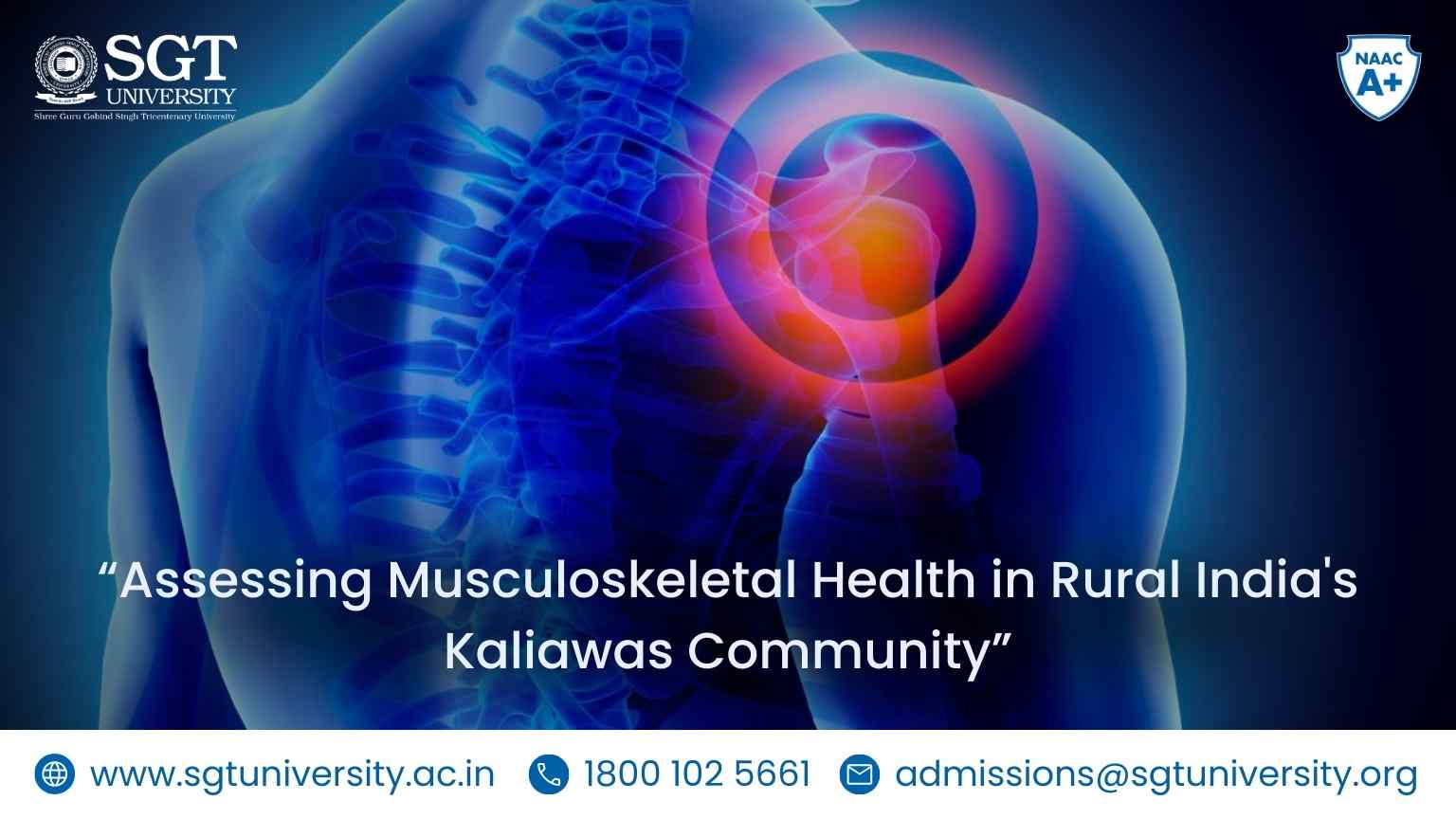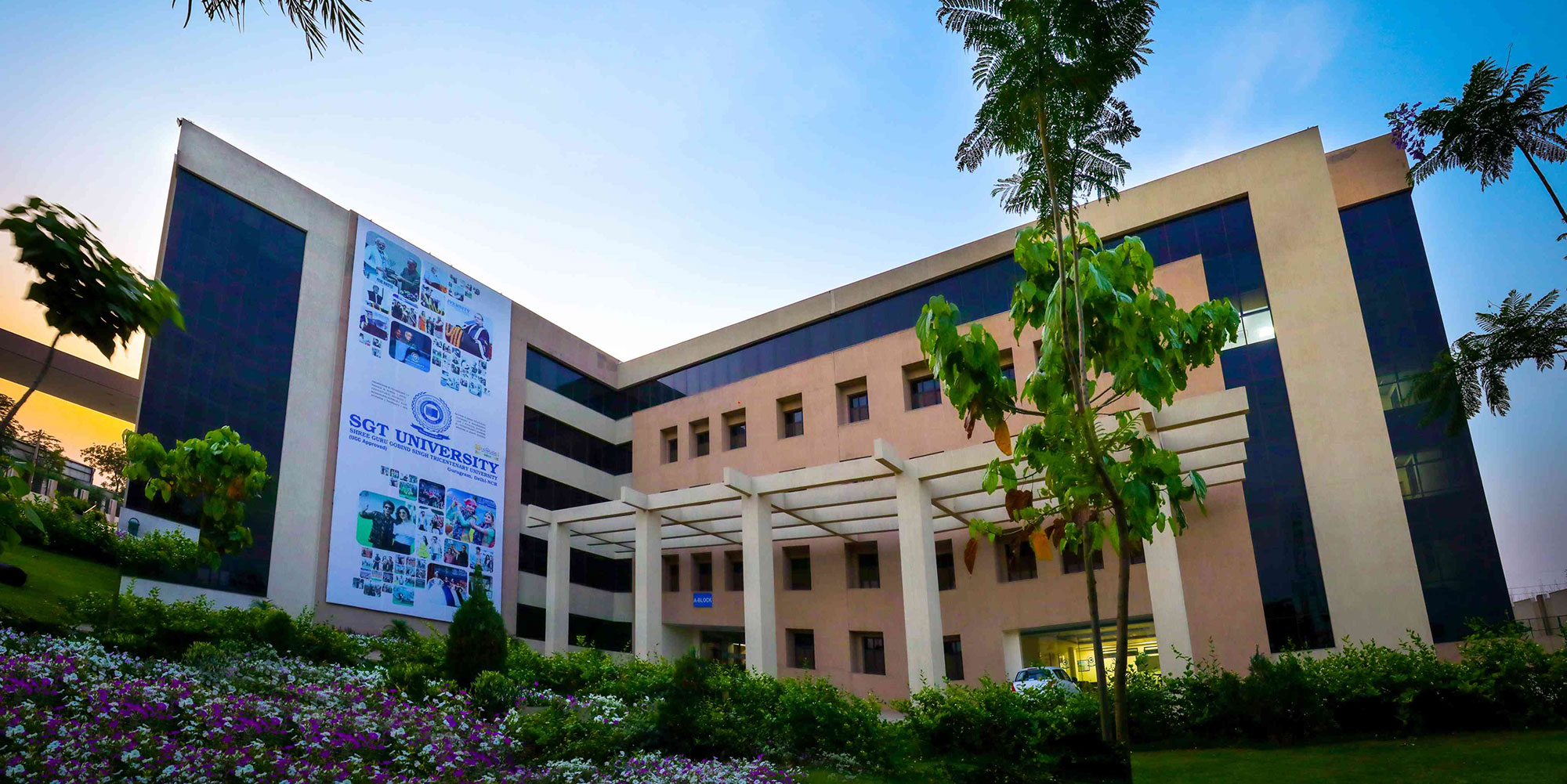India is the fastest growing economic country still health care and its related economy are one of the major concerns. Rural health care is one of the biggest challenges with 70% population living in rural areas and low- level health facilities. In terms of collective growth of the society as a whole their health status needs to emphasise on various aspects which are: prevalence of diseases and disorders; level of literacy; accessibility, affordability and availability of timely medical intervention can save lives and improve the standard of rural population life style. India accounts for the largest maternity deaths, majority of these are in rural areas where maternal health care is poor.
Musculoskeletal disorders (MSD) are among the most common work related complaint. Musculoskeletal disorders have been reported as one of the most common and important health problems in working populations, generating social and economic implications.
The rural people are still unaware of the MSD due to their work load at the farms and fields. Health education needs to be promoted at community level so that the morbidity associated with MSD will be reduced and the quality of life of rural population improves.
A study has been done by the Faculty of Physiotherapy of SGT University to find prevalence of musculoskeletal problem and associated risk factors on rural population. This study was done by Dr Gurpreet Singh , Assistant professor along with three scholars students on the population of Kaliawas Village. Study was done on 300 participants by filling two Questionnaires viz.; Standardized Nordic Musculoskeletal Questionnaire and Self Structured Questionnaire .
According to the study 62% of the participants were diagnosed with MSD. The result also demonstrated that most commonly affected regions were lower back (29%) followed by knee joint (21%) and then the ankle joint , neck , shoulder , elbow , and wrist are affected. There was an equal percentage of MSD among male and females. A striking finding of this study was 87 % of subjects with MSD were aged below 60 years.
Graphical representation of Prevalence of affected area in Kaliawas village
An age wise distribution of musculoskeletal disorders also demonstrated different percentage of MSDs among different age group were: 30-40 (26%); 40-50 (35%), 50-60(27%) and 60-70(12%). Results showed that musculoskeletal disorders were more prevalent in 40-50 age group participants.
In this study it was found that risk factors such as prolonged exertion, awkward posture, twisting, excessive bending, monotonous work, lifting of heavy weight and the exposure to vibration force while driving tractors for long hours, seems to play a major role in the development of MSDs. In this study it was found that 26% of the population had physiotherapy awareness.
There was a high prevalence of musculoskeletal disorder among rural population of Kaliawas with men and women equally affected (50%). The most common complaint were low backache followed by osteoarthritis, plantar fasciitis, cervical spondylitis etc. squatting, bending, lifting heavy weight were found the risk factors associated with MSDs.
Therefore, there is a necessity of proper awareness and assessment of MSDs among rural as well as in urban population. As the MSDs also reduces the ability to work. In rural populations due to illiteracy, they preferred home remedies and local bone setter which may worsen their condition.
Dr Gurpreet
Assistant Professor
Faculty of Physiotherapy



